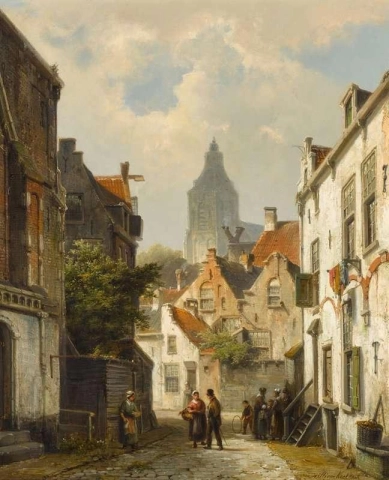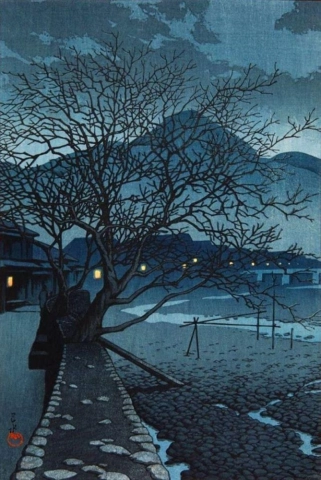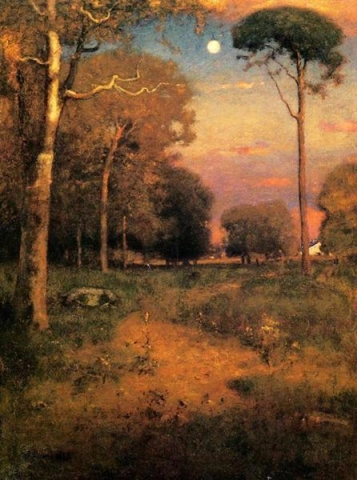Hand-painted painting reproductions - Movements - Luminism
Imagine owning a museum-worthy piece of art, created by the greatest artists in history and reproduced by passionate and experienced painters. At POD, we offer you the opportunity to make that dream a reality. We reproduce the works of art of your favorite painters from the Luminism art movement in the smallest details, so that you can enjoy them in your own home.
Our reproductions are made by experienced artists who use the best materials and techniques. We are committed to providing you with works of art of the highest quality, which will bring joy and inspiration to your family for generations to come.
Luminism: The Serene Beauty of Light and Landscape
Luminism is a captivating and serene art movement that emerged in the mid-19th century, primarily in the United States. Characterized by its meticulous attention to detail, tranquil compositions, and the exquisite depiction of light, Luminism celebrates the quiet beauty of the American landscape. This movement appeals to those with a deep appreciation for nature, tranquility, and the subtle interplay of light and atmosphere, making it a perfect choice for collectors and enthusiasts who value art that evokes peace and contemplation.
Early Origins and Historical Context
Luminism emerged in the 1840s and 1850s as part of the broader Hudson River School, a movement that focused on the majestic landscapes of America. However, Luminism distinguished itself through its emphasis on calm, reflective scenes and the precise rendering of light. The movement was influenced by the transcendentalist philosophy of writers like Ralph Waldo Emerson and Henry David Thoreau, who celebrated the spiritual connection between humans and nature.
Key figures in the Luminist movement include Martin Johnson Heade, Fitz Henry Lane, John Frederick Kensett, and Sanford Robinson Gifford, whose works exemplify the movement’s distinctive style and themes.
Artistic Development and Style
Luminism is characterized by its serene compositions, meticulous detail, and the exquisite depiction of light. The movement focuses on capturing the quiet beauty of the American landscape, often depicting tranquil waters, expansive skies, and soft, diffused light.
Key elements of Luminism include:
-
Tranquil Compositions: Luminist works are known for their calm and balanced compositions, often featuring horizontal lines and reflective surfaces.
-
Meticulous Detail: Artists pay close attention to the details of the landscape, creating a sense of realism and immersion.
-
Exquisite Depiction of Light: Light is a central element in Luminism, with artists capturing the subtle interplay of light and atmosphere to create a sense of depth and tranquility.
-
Serene and Reflective Mood: Luminist works evoke a sense of peace and contemplation, inviting viewers to connect with the quiet beauty of nature.
Themes and Significance
Luminism explores the serene beauty of the American landscape, celebrating the spiritual and emotional connection between humans and nature. The movement’s emphasis on tranquility, light, and meticulous detail has made it a favorite among those who value art that evokes peace and contemplation.
Key themes in Luminism include:
-
The Beauty of Light: Luminist works capture the subtle and transformative effects of light on the landscape, creating a sense of depth and atmosphere.
-
Tranquility and Reflection: The movement emphasizes the quiet and reflective qualities of nature, inviting viewers to experience a sense of peace and contemplation.
-
The Spiritual Connection to Nature: Luminism reflects the transcendentalist belief in the spiritual connection between humans and the natural world.
-
The American Landscape: Luminist artists celebrate the diverse and majestic landscapes of America, from coastal scenes to inland waterways.
Achievements and Influence
Luminism has had a profound impact on the art world, influencing movements such as American Impressionism and Contemporary Landscape Art. The movement’s emphasis on tranquility, light, and meticulous detail has inspired generations of artists and thinkers.
Notable Luminist Artists include:
-
Martin Johnson Heade: Known for his serene and luminous landscapes, such as Approaching Thunder Storm and Sunset on the Marshes.
-
Fitz Henry Lane: Celebrated for his precise and tranquil maritime scenes, such as Brace's Rock, Brace's Cove and Owl's Head, Penobscot Bay, Maine.
-
John Frederick Kensett: Famous for his calm and reflective landscapes, such as Lake George and Eaton's Neck, Long Island.
-
Sanford Robinson Gifford: Known for his luminous and atmospheric landscapes, such as A Gorge in the Mountains (Kauterskill Clove) and The Wilderness.
Legacy
Luminism continues to captivate audiences today, offering a timeless exploration of the serene beauty of light and landscape. The movement’s emphasis on tranquility, meticulous detail, and the exquisite depiction of light ensures its enduring appeal, particularly among those who value art that evokes peace and contemplation.
Today, Luminist works are celebrated in museums and private collections around the world, where they serve as a testament to the power of creativity to capture the quiet beauty of nature. From the tranquil waters of Fitz Henry Lane to the luminous skies of Martin Johnson Heade, these works offer a window into the soul of a movement that celebrates the serene and the sublime.
Where to Find Reproductions of Luminist Art
For those who wish to bring the serene beauty of Luminism into their homes, POD (Painting On Demand) offers a curated selection of high-quality reproductions. These artworks capture the essence of Luminism, from the tranquil maritime scenes of Fitz Henry Lane to the luminous landscapes of Martin Johnson Heade, providing an authentic artistic experience for discerning collectors. Whether you’re drawn to the tranquil or the luminous, Luminism offers a timeless connection to the serene beauty of light and landscape.














